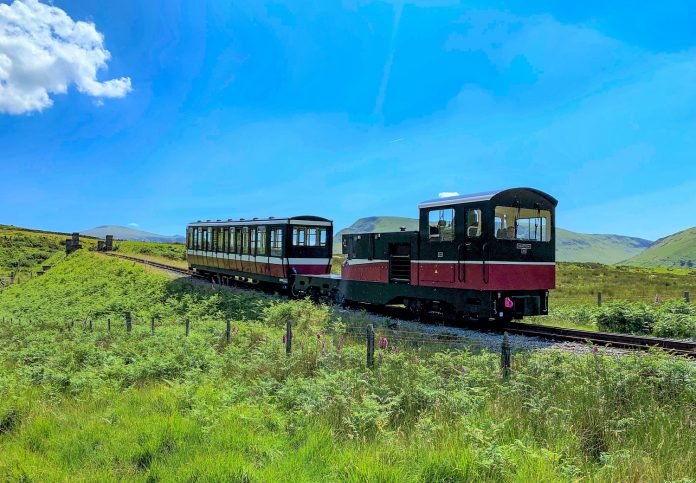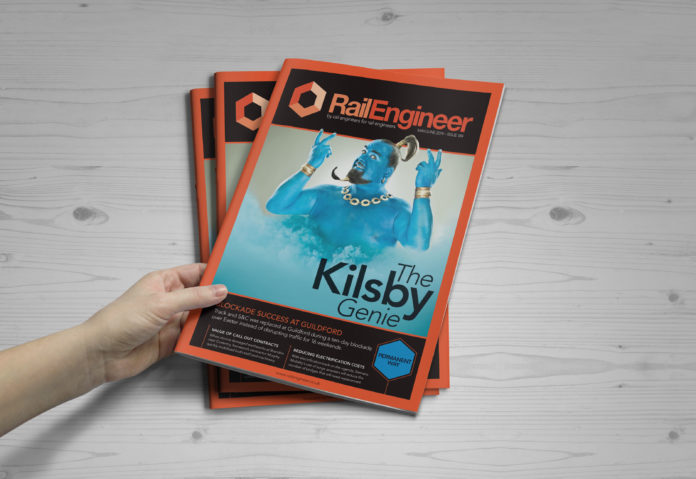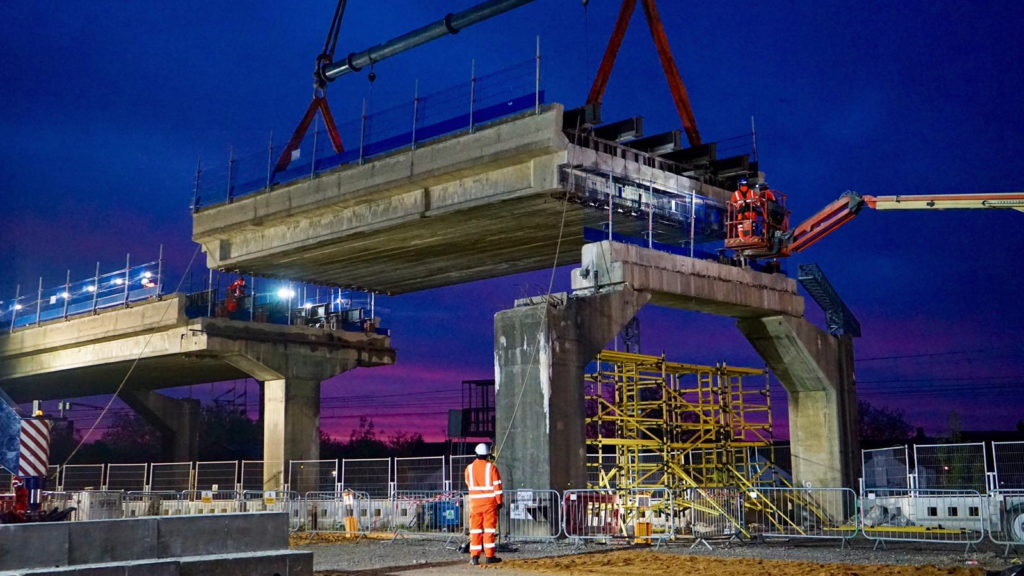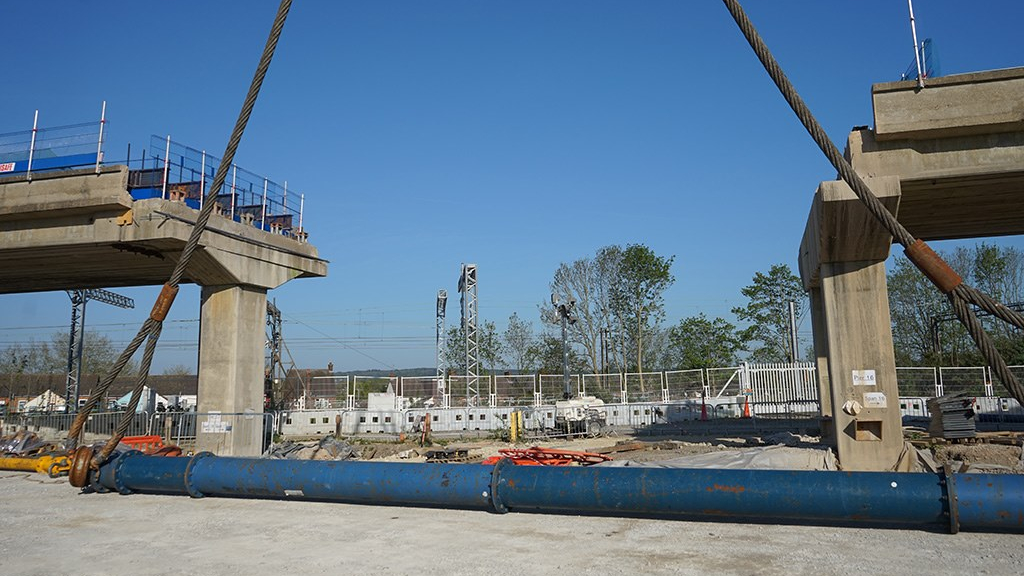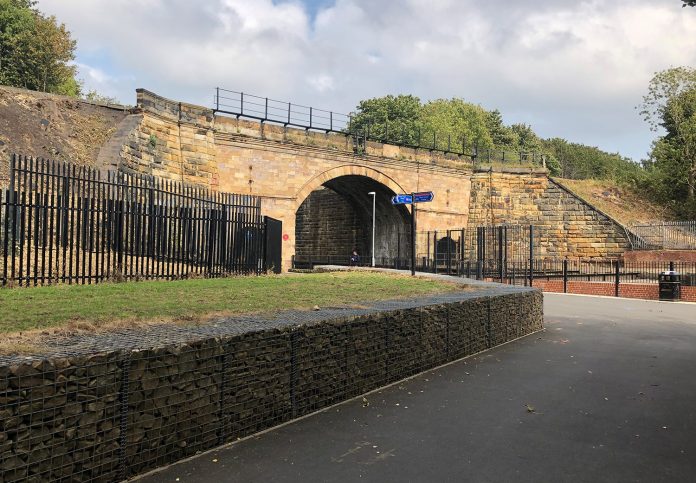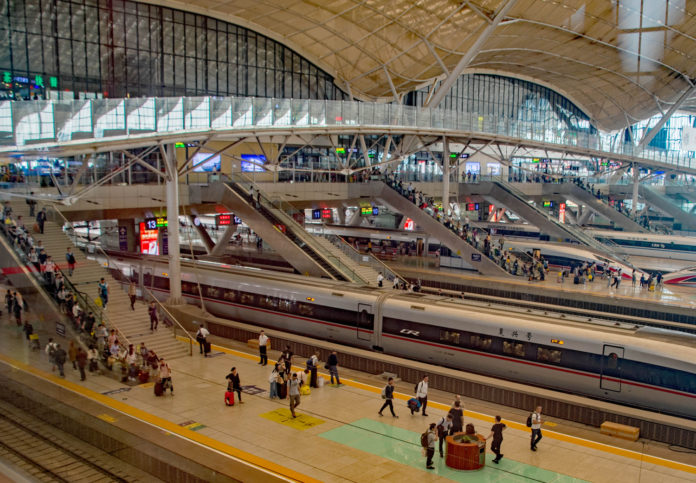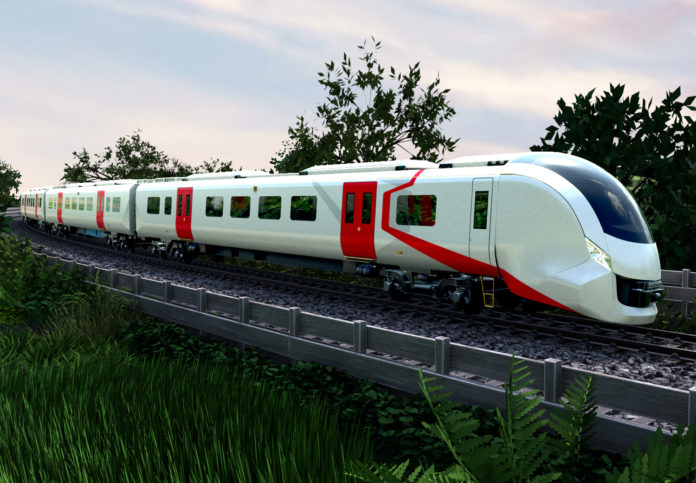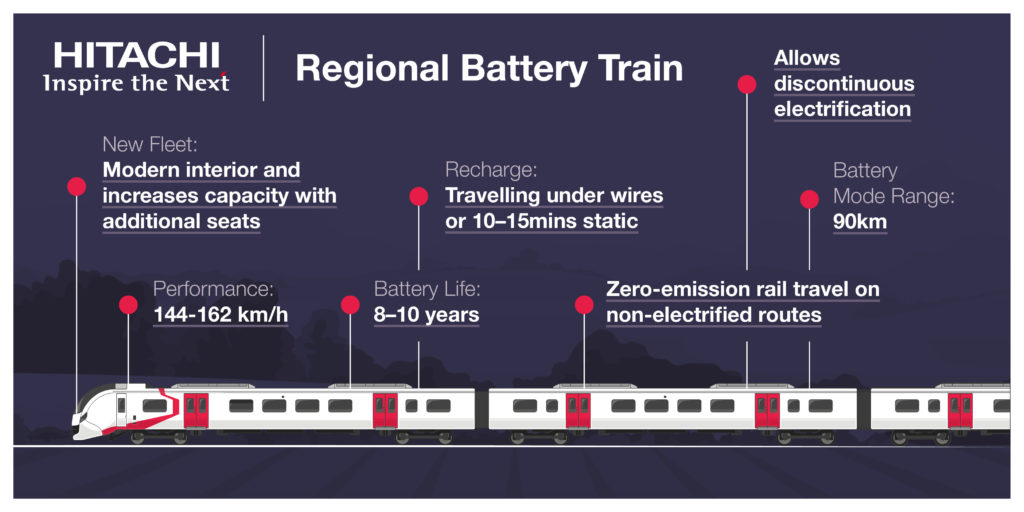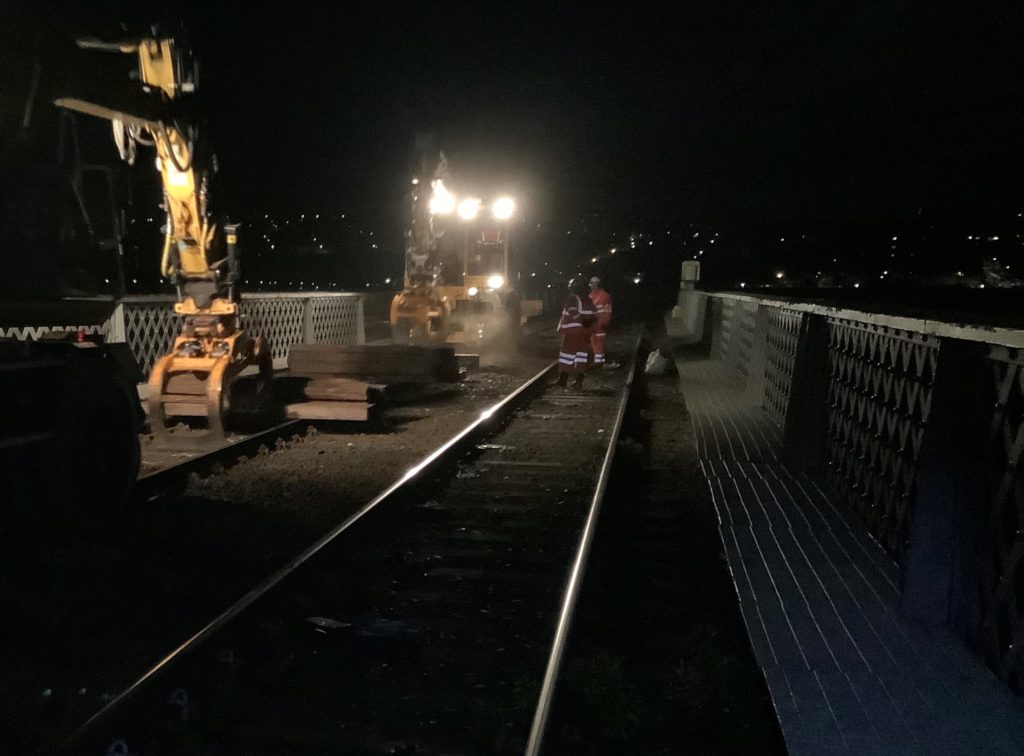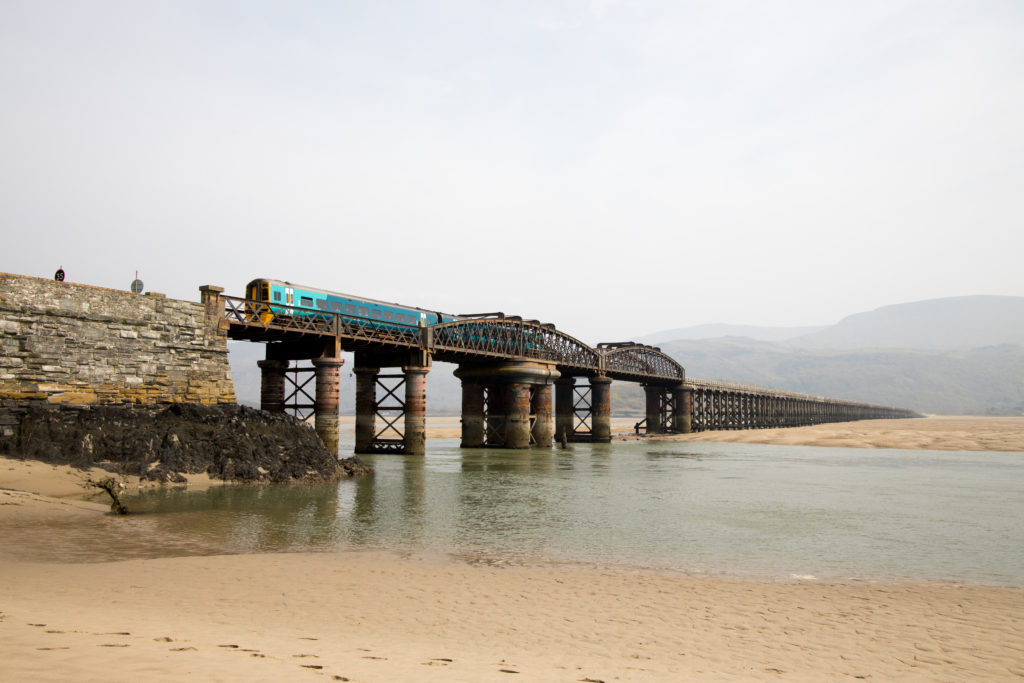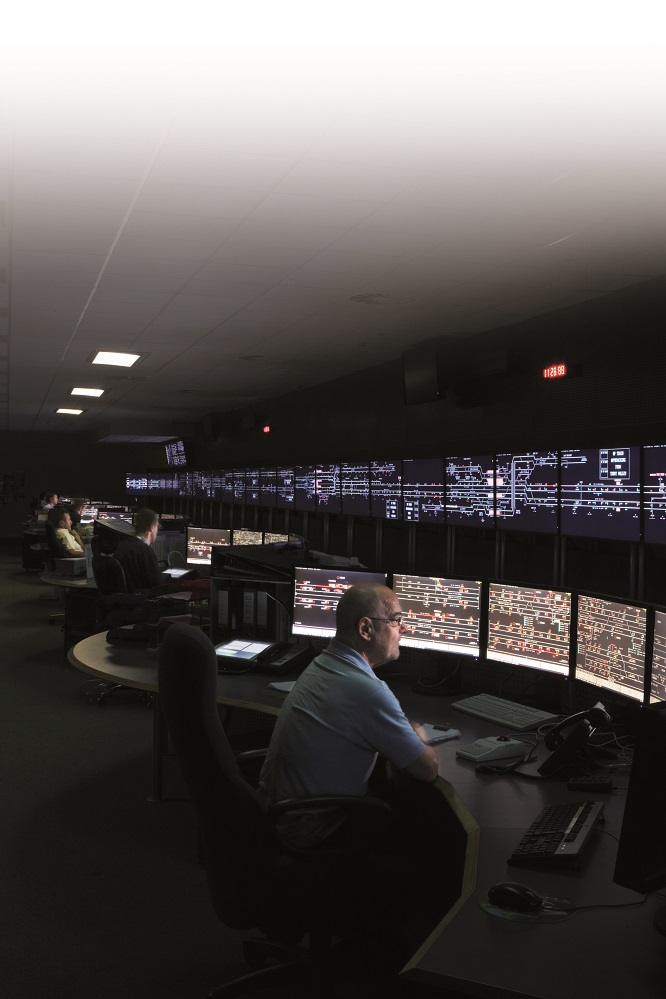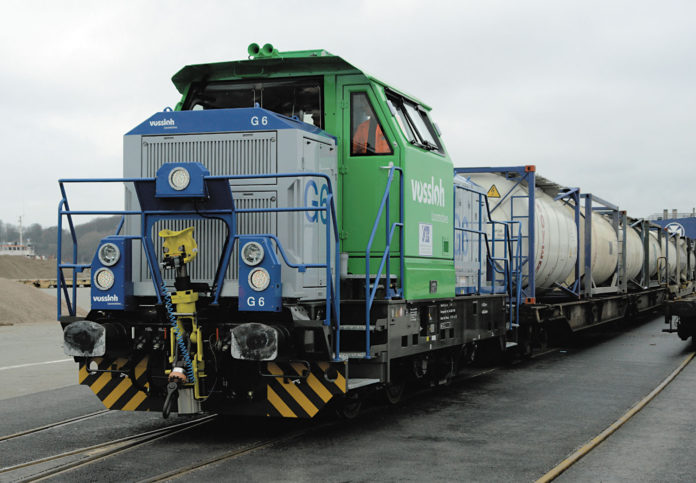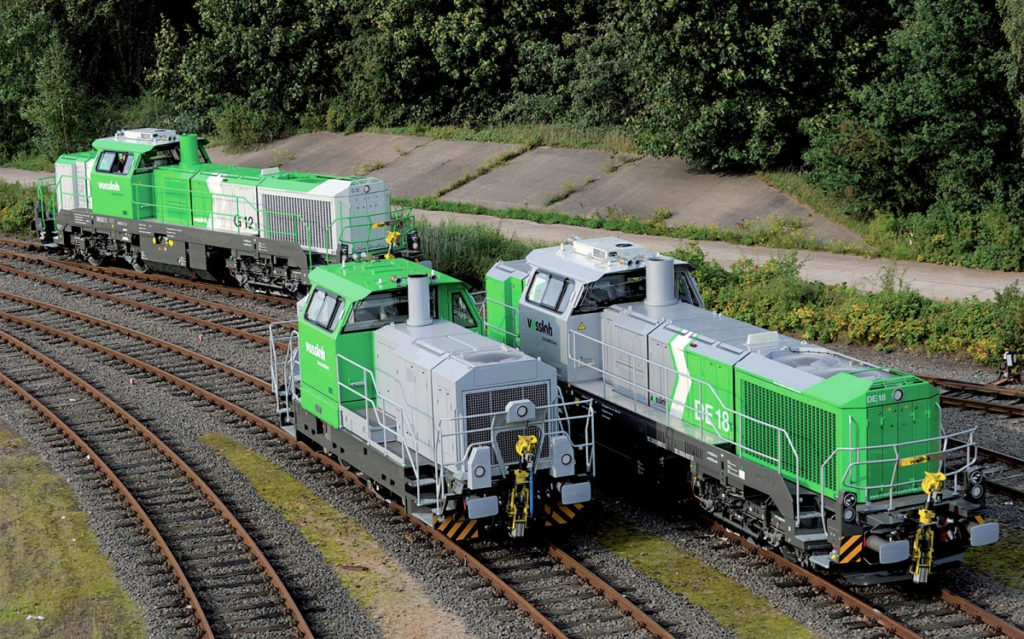When China imposed a lockdown on the 11 million residents of Wuhan in January, few imagined that a London lockdown would follow two months later. However, unlike Wuhan, this did not close down public transport.
Keeping trains running required the immediate adoption of many changes, such as extra cleaning, maintaining social distancing and a ban on whistles. New ways of working were devised for train and infrastructure maintenance. The response of the industry and its staff was superb. Yet all this was for virtually empty trains.
This brought an end to franchising and raised questions about future rail investment, in particular HS2, due to the expected post Covid-19 fall in passenger numbers. Yet, as the DfT’s decarbonising transport document stresses, in the long term, there needs to be a shift from road to rail. This requires a significant increase in rail capacity. Even a small percentage shift from road to rail would overwhelm the rail network.
As the lockdown is eased, maintaining two-metre social distancing on trains presents a huge challenge. As we report, Andrew Haines considers this could result in “a very chaotic situation”, although he was pleased that face coverings are required on public transport. Yet the government considers that this only offers limited protection against the virus. Furthermore, scientists cannot agree on the effectiveness of face coverings.
The University of Edinburgh has shown that face coverings can reduce the distance that particles travel after leaving the mouth by 90 per cent. In addition, a University of Oxford paper explains how the virus leaves the respiratory tract in large saliva droplets which can be contained by face coverings. Once ejected from the mouth, such droplets become aerosols, against which surgical masks are the only protection. As safety practitioners know, PPE should be the last line of defence, as risk control is more effective if a hazard is controlled at source.
Our feature on face coverings has examples of them being highly effective and explains the scientific differences about them. Unfortunately, when combined with a government message that they offer limited protection, such differences reduce the credibility of an effective way of fighting the virus. The reasons why face coverings are effective need to be clearly explained to the public if their use, and any associated reduction in social distancing on trains, is to be accepted.
Reduced rail traffic does offer opportunities for additional engineering work. For example, it took just nine days to plan a 14-day blockade for major work in Kilsby tunnel and adjacent lines whilst West Coast main line traffic was diverted via Northampton. Mark Phillips also describes the Easter blockade at Guildford, whilst Nigel Wordsworth covers the seven-day blockade to renew track at Botley. The emergency work to stabilise Brandon cutting started before the Covid-19 crisis. Collin Carr describes the complex nature of this work.
All these features describe the Covid-19 precautions taken during the work, including measures taken to protect the work itself. Such projects also involve shifting large amounts of material, for which specialist kit, such as Rhomberg Sersa’s UMH, offers improved productivity. Grahame Taylor explains why this is the Swiss Army knife of railway machinery.
It was ironic the COVID lockdown transformed the Railway Industry Association’s Unlocking Innovation event “Digital journeys for rail passengers and freight” into a virtual event. Its five one-hour webinars covered a wide range of, primarily data-driven, innovations to benefit passengers, improve freight services and introduce mobility as a service as well as future light rail developments.
Turning masses of data into useful information to improve infrastructure asset reliability whilst reducing costs is the goal of Network Rail’s intelligent infrastructure initiative. Tim Flower explains how its reliability-centred maintenance and state-of-the-art monitoring will give maintenance teams what they need.
Half a billion pounds is being spent to give Merseyrail new trains. This requires infrastructure improvements such as a 100Mbps data link from a new Wi-Fi network and extensive platform alterations. Paul Darlington details this work and explains the benefits it will bring. Double variable rate sanders can also benefit passengers by giving them an eight-second reduction in running time between stations. Malcolm Dobell explains why.
Crossrail is a tad more expensive than Merseyrail’s investment. One reason for its high cost is that its trains have three different signalling systems. Clive Kessell explains why and considers if its signalling could have been simpler. From France, Lesley Brown reports on the Grand Paris Express, a new-build automatic metro that will connect the city’s suburbs. Her report explains why this long-term investment project has the support of all French political parties. Politics and Paris also feature in Daniel Pyke’s sad story of the various deals that preceded the eventual sale of British Steel to its Chinese owners and its impact on the supply of rails.
It seems that the electrification map that we recently published is in line with current government thinking, as our decarbonisation update feature explains. If so, delivering affordable electrification will be crucial. In this respect, Justin Moss explains how surge arresters can reduce the number of bridge reconstructions needed for electrification.
In these uncertain changing times, it is good to see such a positive change in government policy.



